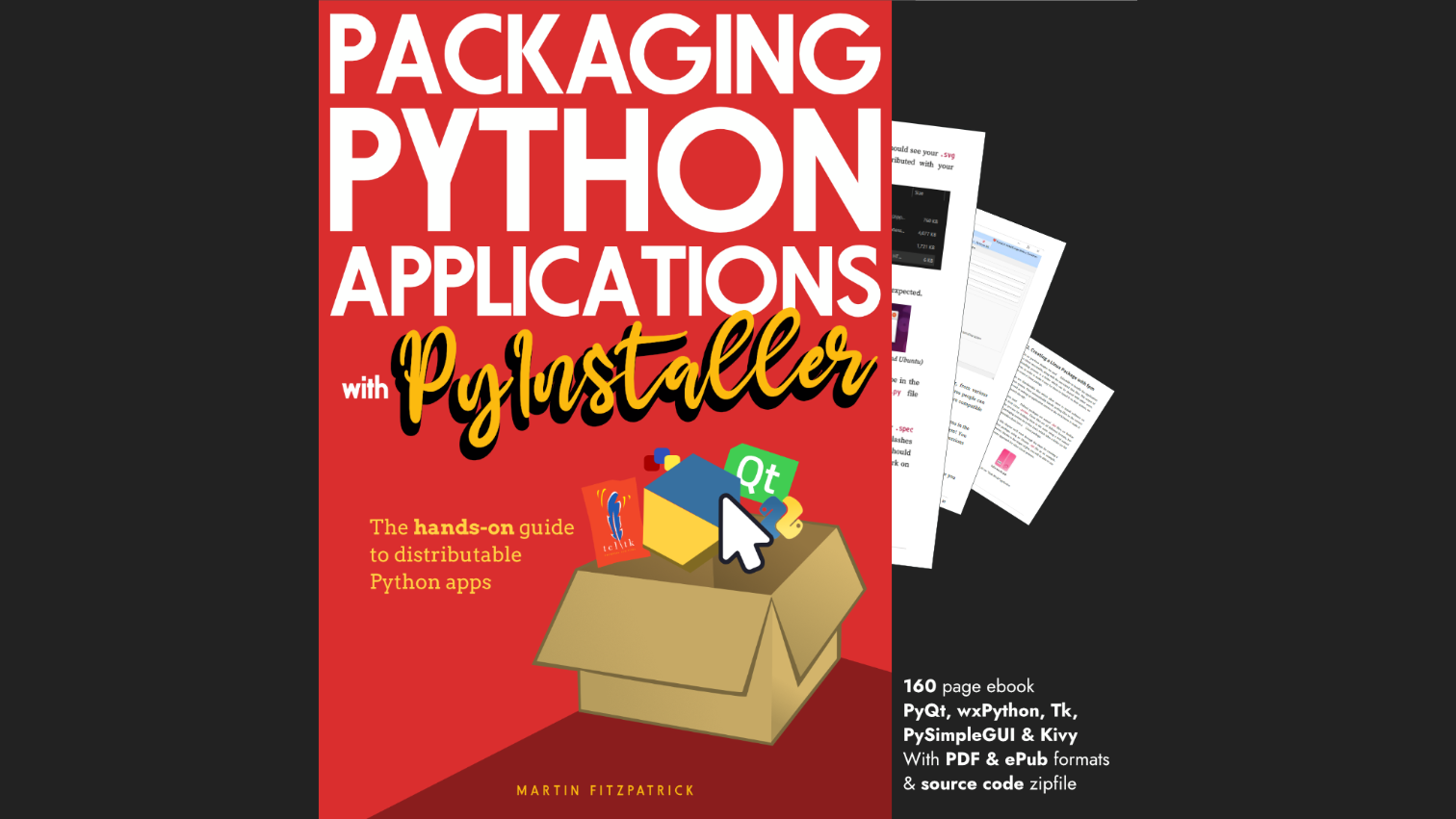Hodor | 2021-05-27 21:55:38 UTC | #1
First off, Martin Fitzpatrick, if you here and are reading this, THANK YOU! I've been coding with PyQt for about a year or so before I came across this site last night I was surprised by how much I got for the price of your book.. This is probably going to be my go-to resource for quite some time now.
That being said, I have a question about the use of QMdiArea. I couldn't find anything on it in the books or anything on your site about it. What I am trying to figure out is how to have a QMdiSubWindow be closeable but not delete itself when using a ui created in QtDesigner...
I am instantiating and subclassing the UI by doing:
class GUI(QMainWindow, MyUiDesignerCreatedObject):
def __init__(self):
super()__init__()
self.setupUi(self)
I created the QMdiArea in QtDesigner and had found that in the generated code of the compiled ui file, the QMdiSubWindows I made are being instantiated as QWidget but the Qt Documentation says that anything but QMdiSubWindows will get deleted on close which explains why I am not able to re-open any of my subwindows whenever I(or my users) close them...
Is there a workaround for this or is there something I am using improperly with PyQt or should I be creating my subwindows seperately as a seperate file instead of adding them as subwindows in QtDesigner which doesn't seem to get added as a subwindow in the generated code of the compiled ui file?
The subwindows will reopen fine if I call my_subwindow.show() but self.my_mdi_area.subWindowList() returns an empty list until I run sel.my_mdi_area.addSubWindow(self.my_subwindow) but doing so will cause the subwindow to get deleted because of the whole being instantiated as QWidget and not QMdiSubWindow thing...
Purchasing Power Parity
Developers in [[ country ]] get [[ discount.discount_pc ]]% OFF on all books & courses with code [[ discount.coupon_code ]]Also, adding the subwindow seems to also trigger a .show() signal for it when all I am trying to do is attatch all my subwindows.
PyQt/PySide 1:1 Coaching with Martin Fitzpatrick — Get one on one help with your Python GUI projects. Working together with you I'll identify issues and suggest fixes, from bugs and usability to architecture and maintainability.
The expected behavior is for the QMdiArea of my UI to have all its pre-designed subwindows attatched but defaulted as hidden and only show when triggered by an action...
Create GUI Applications with Python & Qt5 by Martin Fitzpatrick — (PyQt5 Edition) The hands-on guide to making apps with Python — Over 10,000 copies sold!

